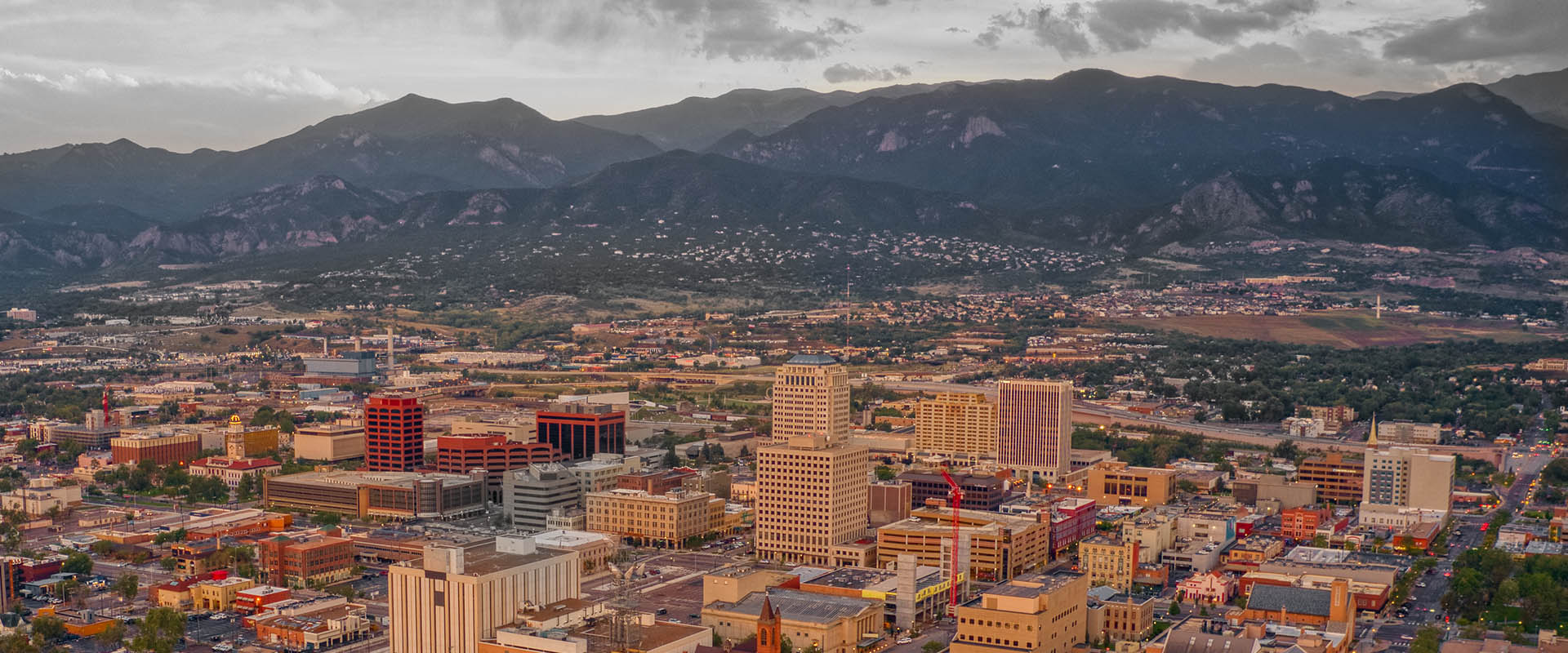Cycling is a popular activity across Colorado, whether for commuting, exercise, or simply enjoying the state’s beautiful landscapes. However, with more cyclists sharing the roads, the risk of accidents also increases. Understanding Colorado’s bike accident laws is essential for anyone who rides or interacts with cyclists. These laws aim to protect cyclists and ensure they share the road safely with vehicles. If you’ve been involved in a bike accident, knowing your rights and responsibilities can help you navigate a difficult time. At, Law Firm of Mark S. Hanchey , we are here to guide you through the legal process and help you navigate the complexities of your case.


With You Every Step of the Journey
When you need legal help, Mark Hanchey and Ben Peterson are here to guide you through it all. One step at a time. Reach out today for legal support. Get The Law Firm of Mark S. Hanchey and Ben Peterson fighting for you
Free Consultation Download PDFColorado’s Laws for Cyclists on the Road
Colorado has specific rules that cyclists must follow to stay safe and lawful. Cyclists are allowed to ride on most roads, except highways or areas where signs prohibit it. When riding, they must obey traffic signals, signs, and rules just like any motor vehicle driver. Cyclists must ride as close to the right side of the road as possible unless they are making a turn, avoiding hazards, or riding in a lane that is too narrow to share with a vehicle.
Cyclists can ride two abreast on the road but must switch to single-file if they are impeding traffic. When using crosswalks, cyclists are expected to yield to pedestrians and follow traffic signals. These rules are in place to create a safer environment for everyone. Knowing and following these laws can reduce the chances of an accident and ensure that cyclists are treated fairly in any legal situation.
What Motorists Should Know About Cyclists
Motorists also have a role in preventing bike accidents by understanding their responsibilities toward cyclists. Under Colorado law, drivers must treat bicycles as vehicles. This means allowing a three-foot buffer when passing a cyclist and being cautious when opening car doors to avoid hitting an oncoming cyclist. Drivers should also remember that cyclists have the right to use the full lane in some situations, such as when the lane is too narrow to share safely.
Respecting cyclists and giving them space on the road can prevent many accidents. Drivers need to be particularly careful at intersections and during turns, as these are common areas for bike collisions. Being aware of cyclists’ presence and their rights can save lives and avoid unnecessary legal issues.
What to Do After a Bike Accident in Colorado
Accidents happen despite efforts to avoid them. Knowing what steps to take after a bike accident is vital for protecting your rights and ensuring everyone’s safety. If you are involved in a bike accident, whether as a cyclist or motorist, the first step is to ensure everyone is safe. Call for medical help if needed and contact the police to file a report. A police report can serve as an important piece of evidence in any future legal claims.
It is also important to gather information at the scene, including the names and contact information of everyone involved and any witnesses. Take photos of the accident scene, injuries, and property damage if you can. These details will help build a clearer picture of what happened. If you are a cyclist, it is important to avoid admitting fault or making any statements without consulting a legal guide who understands Colorado’s bike accident laws.
Understanding Fault in Bike Accidents
Determining fault in a bike accident can be complex, especially when both parties share some responsibility. Colorado follows a modified comparative negligence rule, which means you can recover damages as long as you are less than 50 percent at fault for the accident. However, your compensation will be reduced by your percentage of fault. For example, if you were found to be 20 percent at fault, your award would be reduced by that amount.
This rule underscores the importance of thorough evidence collection and a proper understanding of Colorado’s bike laws. A legal guide can help you present your case effectively and minimize any potential reductions in your compensation.
Common Causes of Bike Accidents in Colorado
Bike accidents in Colorado occur for various reasons. Distracted driving, failure to yield, and unsafe road conditions are some of the most common causes. Drivers may fail to notice cyclists due to poor visibility or inattentiveness, leading to collisions. Cyclists, too, may make mistakes, such as ignoring traffic signals or riding in unsafe areas.
Understanding these common causes can help both cyclists and motorists take steps to prevent accidents. Wearing reflective clothing, using lights on your bike, and avoiding distractions while riding can make a big difference in staying safe. For drivers, slowing down and checking mirrors carefully before changing lanes or turning can help avoid accidents with cyclists.
Recovering Damages After a Bike Accident
If you are injured in a bike accident, you may be entitled to compensation for your losses. These losses can include medical bills, lost wages, pain and suffering, and property damage. In Colorado, you must file your claim within two years of the accident. Acting quickly ensures that you do not miss the deadline and that your evidence remains fresh.
To recover damages, you will need to prove that the other party was negligent and that their negligence caused your injuries. This process often involves negotiating with insurance companies or presenting your case in court. Having legal guidance can make this process smoother and increase your chances of receiving fair compensation.
Why Understanding Bike Accident Laws Matters
Bike accidents can have serious consequences, ranging from physical injuries to financial hardships. Understanding Colorado’s bike accident laws can protect you and help you recover from such an event. Knowing your rights and responsibilities as a cyclist or motorist can prevent misunderstandings and reduce the risk of accidents.
These laws are designed to create a balance between cyclists and drivers, ensuring that everyone can share the road safely. By staying informed, you can contribute to a safer community and protect yourself in case of an accident.
The Importance of Seeking Medical Attention
Even if you feel fine immediately after a bike accident, it is crucial to seek medical attention. Some injuries, such as concussions or internal injuries, may not be immediately visible but can cause serious complications if left untreated. A medical evaluation not only protects your health but also provides important documentation of your injuries. This medical record can be a critical part of your claim, showing the direct impact of the accident on your well-being. Focusing on your recovery while ensuring your injuries are properly documented can make a significant difference in your case.
Building a Strong Case for Your Claim
Recovering compensation after a bike accident often requires building a strong case that demonstrates the other party’s negligence. This involves more than just recounting the events; it requires clear, persuasive evidence such as witness statements, photos, medical reports, and police records. Insurance companies may try to minimize your claim or deny it outright, making it essential to have someone on your side who understands Colorado’s bike accident laws. Working with the Law Firm of Mark S. Hanchey ensures that your claim is presented effectively, giving you the best chance at achieving a fair resolution.
If you or someone you know has been involved in a bike accident, navigating the legal process can feel overwhelming. The Law Firm of Mark S. Hanchey is here to help you understand your options and pursue the compensation you deserve. With a focus on protecting your rights, the firm is dedicated to guiding you through every step of the process. For assistance, contact the Law Firm of Mark S. Hanchey today to discuss your case and find the support you need.


